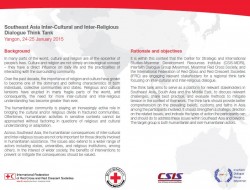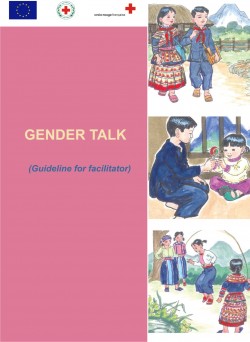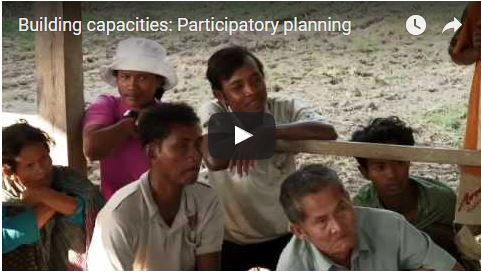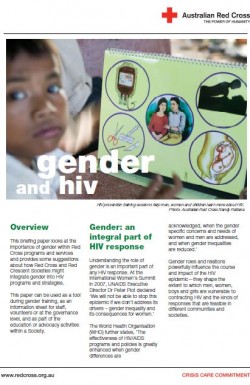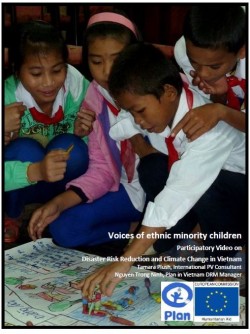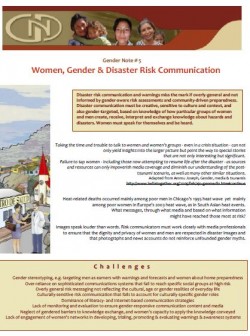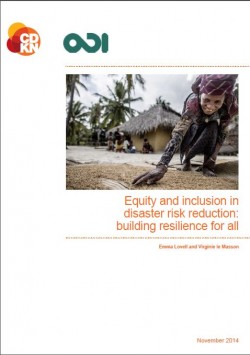Purpose:
The humanitarian community is playing an increasingly active role in bridging the cultural and/or religious divide in fractured communities. Oftentimes, humanitarian activities in sensitive contexts cannot be approached without factoring in questions of religious and cultural understanding or adaptation. Migrant populations are an important part of the conversation to how society can build a culture of non-violence and peace through increase respect and understanding for difference cultures and religions.
It is within this context that the Center for Strategic and International Studies-Myanmar Development Resources Institute (CSIS-MDRI), Interfaith Dialogue Group (Myanmar), Myanmar Red Cross and the IFRC hosted a regional think tank focusing on inter-cultural and inter-religious dialogue in Yangon from 24-25 January 2015.
The think tank dialogue is another part of the ongoing series, the Red Cross Red Crescent Doha Dialogue on Migration. The first event took place in May 2014 in Doha, bringing external partners such as the International Organization for Migration, State of Qatar Ministry of Foreign Affairs, Migrant Forum in Asia, international NGOs, NGOs and others, in order to strengthen inter-regional collaboration on the issues relating to labor migration.
Overview:
Usage: Learning from experience
Audience: National Society Leadership, Technical staff, Communication staff
For Agenda of the dialogue, click here Agenda, size 0.58 MB
![]()


